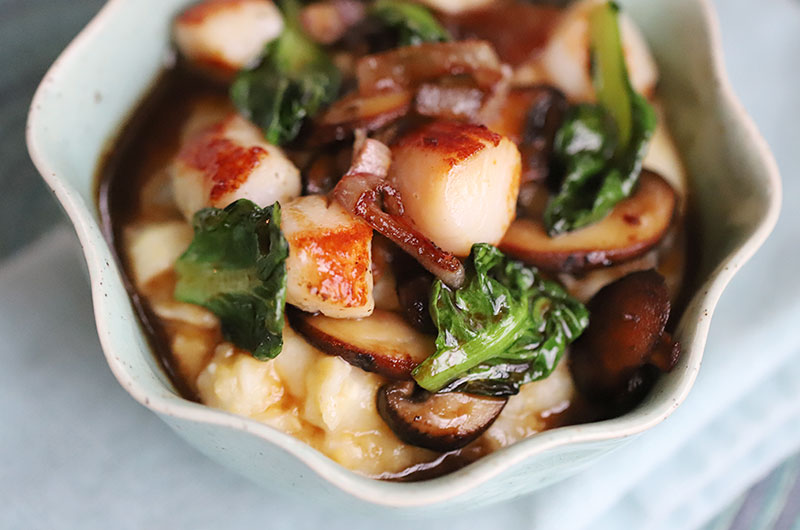Lately I’ve been obsessed with making Creamy Polenta – not the quickie kind of polenta, but the kind that takes a bit of time (and liquid) and yields the most luxurious soft landing for a spoonful of sautéed bay scallops.
I’m convinced that scallops and polenta are a match made in heaven, because the polenta absorbs the pan sauce you make after cooking the scallops. And if you’re not in the habit of making a pan sauce, I’ll quickly change your mind, because I don’t want you leaving all those yummy browned bits on the bottom of the pan. Try either a citrus butter sauce or a balsamic butter sauce. Easy and delicious.
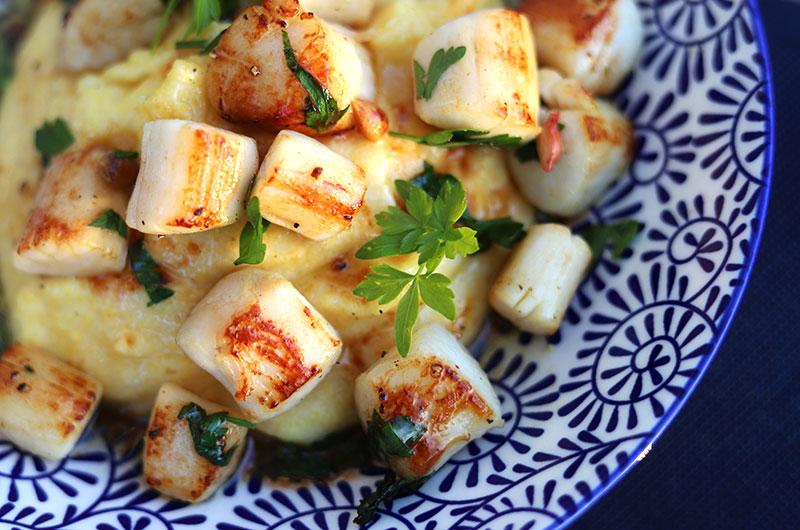
Better still, add a few veggies to the mix to stretch the yield on those pricey bay scallops. (We’re indulging because heck, it’s winter on Martha’s Vineyard and we need treats! And we’re supporting local fishermen. Plus the season will be over before you know it.)
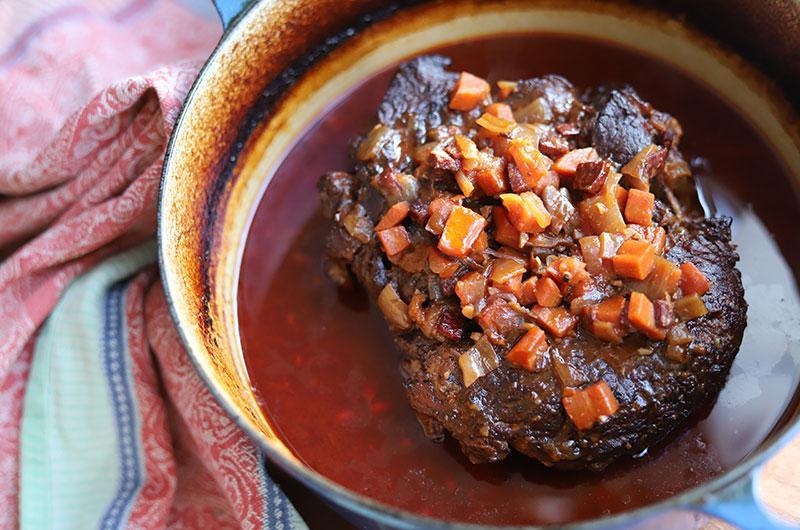
The secret to ethereal polenta is cooking the cornmeal low and slow in plenty of liquid so that the cornmeal softens and releases starches while it cooks. You don't have to stir constantly. Once you get the rhythm and enjoy the results, you’ll be looking for other things to serve over polenta, like say, Spanish Pot Roast. Or Beef Ragu with Bacon, Tomatoes and Mushrooms. Really!
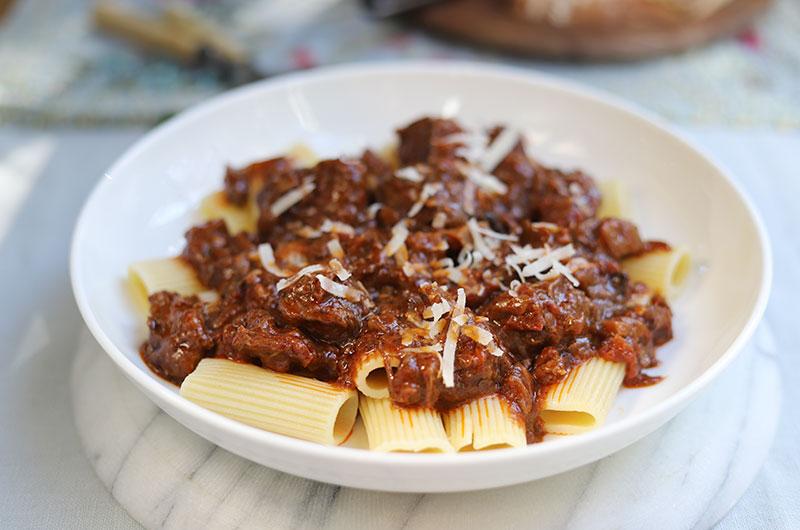
Also polenta is an excellent destination for a pile of slow-sautéed vegetables like Caramelized Turnips, Potatoes and Sweet Potatoes With Onions and Thyme. Or a mound of Mahogany Mushrooms.

Even a saucy fish dish like Monkfish L’Armoricaine, though traditionally served over mashed potatoes, would be excellent over polenta. As would Roast Fish Peperonata. We made a version of this with halibut from The Net Result last week. So good.
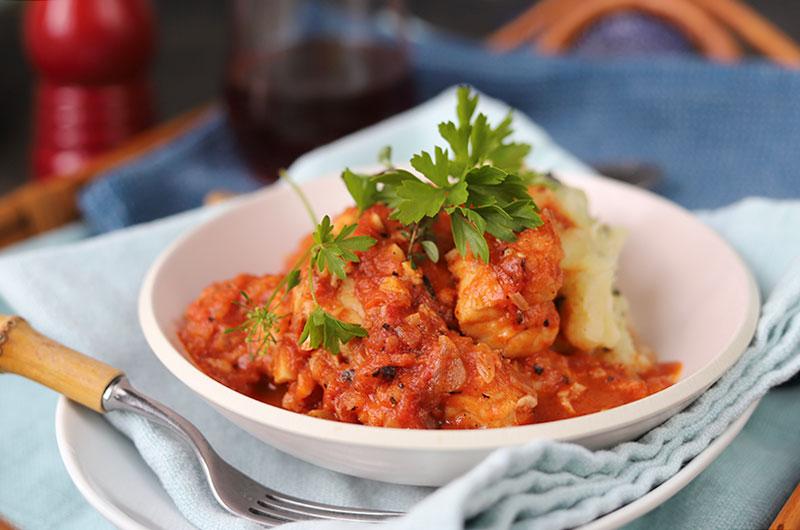
And don't forget to put your leftover creamy polenta in a little baking dish to reheat tomorrow. Sprinkle a little extra Parmigiano on top. Yum.
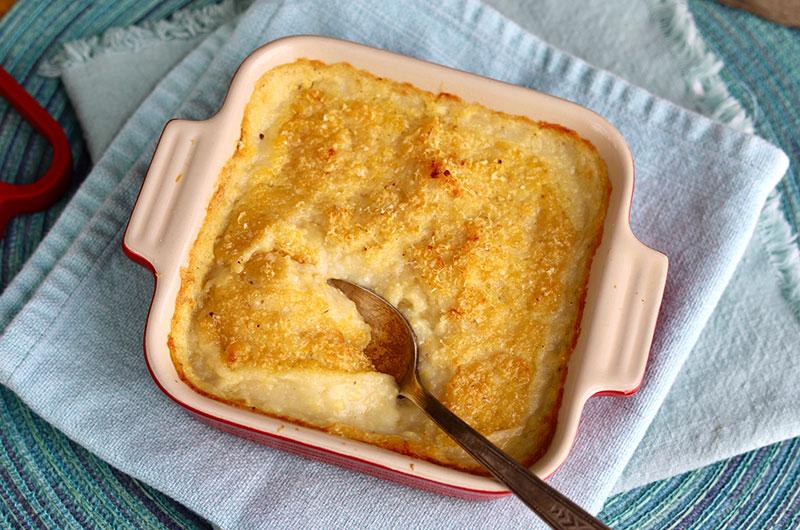
Now something that has nothing to do with polenta and everything to do with making winter days brighter — a great technique and a recipe for Walk-Away Beets with Citrus Dressing.
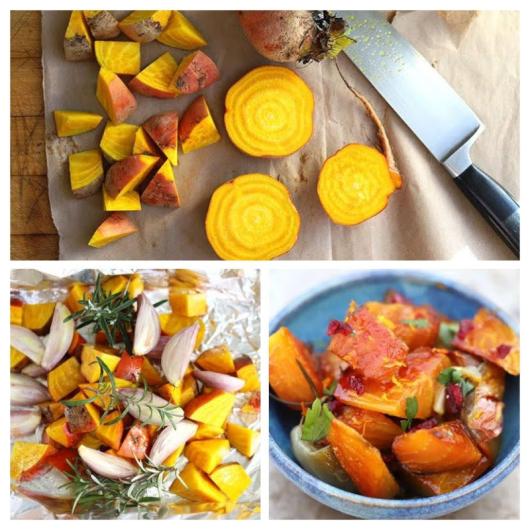
And speaking of dressings, in this month’s ASK JENNY, Jenny Devivo’s got a great solution to those not-quite-empty condiment jars in your fridge.
Check that out (below) and send us your questions for Jenny on how to make the most of what's in your fridge.

Also remember that we are giving away a copy of Black Food: Stories, Art and Recipes From Across the African Diaspora (thank you Ten Speed Press/4 Color Books), edited by Bryant Terry. You can enter to win right here or find all the details on our Instagram feed @cookthevineyard. We'll see you there.
ASK JENNY
Q. Help! I always seem to have jars of condiments in my fridge that are nearly but not quite empty. Do you have any tasty tips or quick recipes that will use up what’s left in these jars before I recycle them?
A. Thanks for the great question! Almost empty jars of mayonnaise, jams, or mustards in the fridge are fantastic vehicles for inventing new condiments or creating little sauces. Best of all, you can mix everything right in the jar. No need to dirty another bowl, and you save water on washing up, too! Try these handy recipes:
BBQ Ranch Dip
3 tablespoons plain yogurt
1 teaspoon minced fresh dill
1 teaspoon BBQ spice rub
1/2 teaspoon granulated garlic
1/2 teaspoon honey
1/4 cup mayonnaise (or about what’s left in the jar)
Add the yogurt, dill, BBQ spice rub, granulated garlic and honey to the nearly empty mayonnaise jar. Screw the lid back on to the jar and shake to combine well. Serve with your favorite dipping vegetables and chips.
Jammy Glaze
2 tablespoons jam or preserves (such as apricot, peach or sweet pepper)
2 teaspoons Dijon mustard
2 teaspoons apple cider vinegar
Freshly ground black pepper
Combine the jam, mustard, vinegar and black pepper in the nearly empty jam jar. Shake until combined.
Use this as a marinade for food you plan to grill or as a glaze for pan-sautéed or roasted meat, chicken or veggies.
Balsamic Vinaigrette
4 tablespoons balsamic vinegar
2 tablespoons olive oil
1 teaspoon honey
½ teaspoon granulated garlic
½ teaspoon salt
1 to 2 tablespoons Dijon mustard (or about what’s left in a jar)
Add the vinegar, olive oil, honey, granulated garlic, and salt to the mustard in the jar. Close the jar and shake well. Use on green salads or as a marinade.
Up Island Schools Executive Chef/Cafe Director Jenny DeVivo is on a mission to help us all cut down on food waste and to show us (and our kids!) how to make the most of what's seasonal and fresh. Got a question for Jenny? Email us! Follow Jenny @jenny.devivo.

